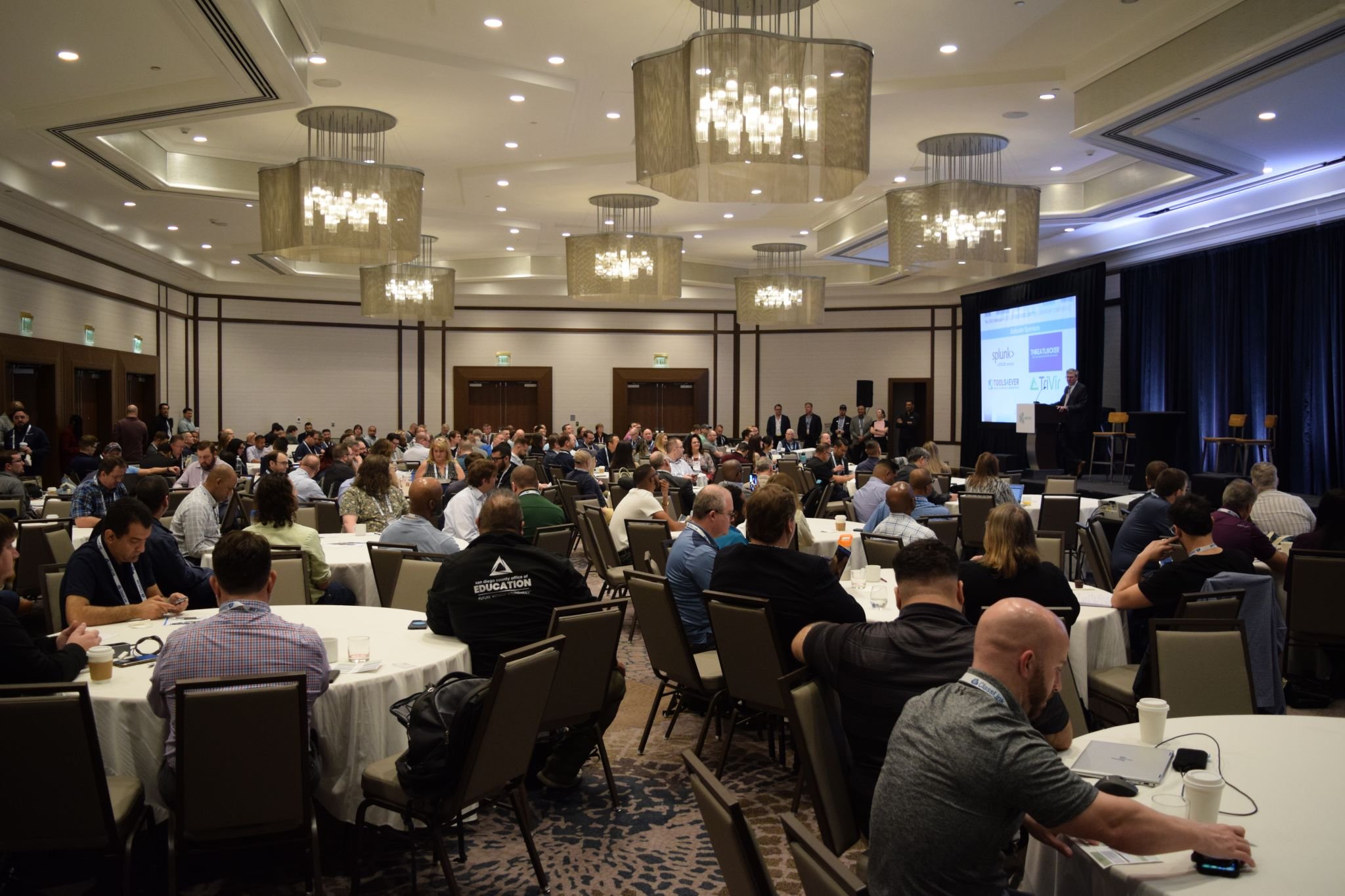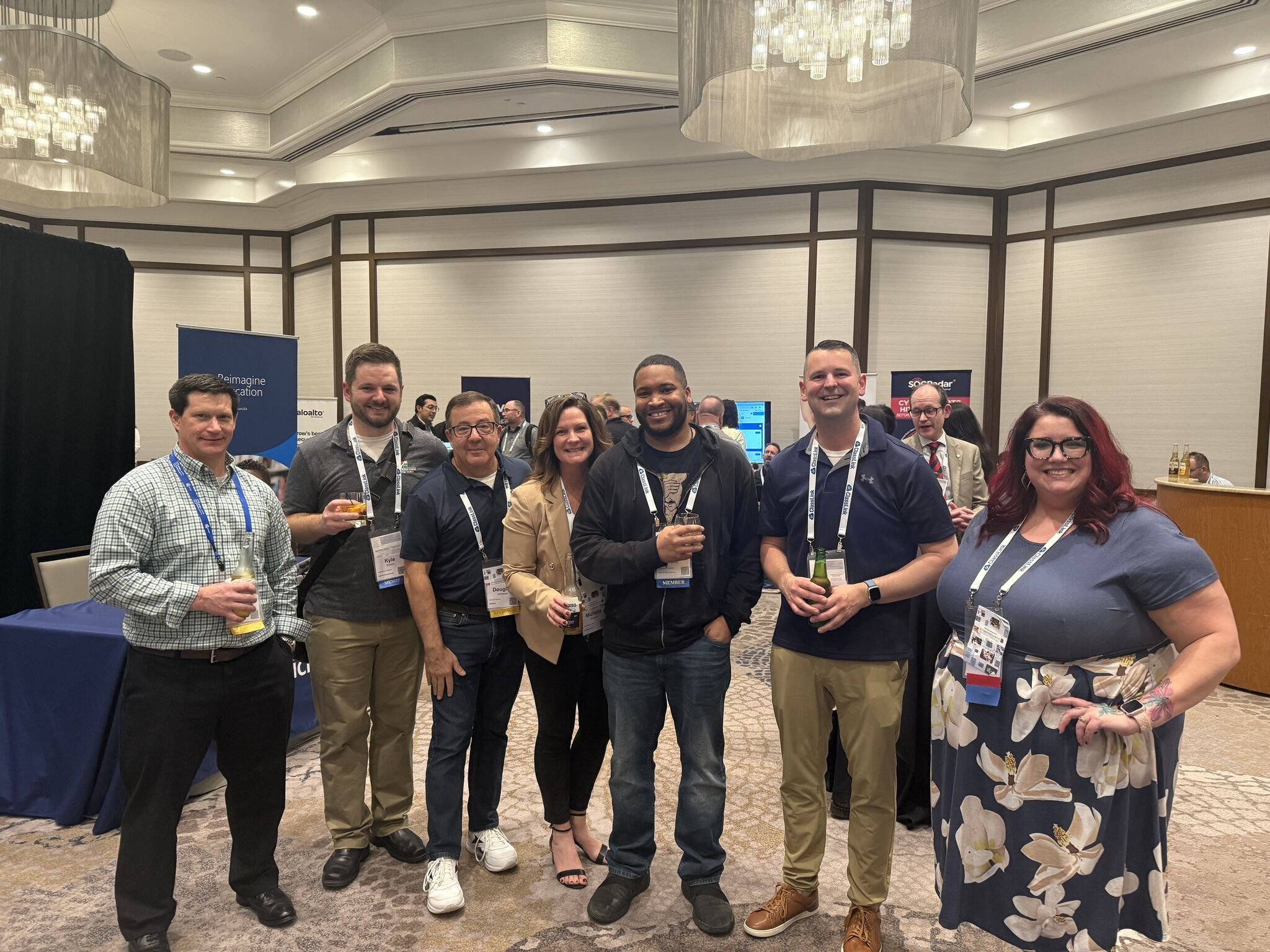Defending the U.S. K-12 Education Sector from Emerging Cybersecurity Threats, Foreign and Domestic
The K12 Security Information eXchange (K12 SIX) is the only national non-profit organization solely dedicated to protecting the U.S. K-12 community—including school districts, charter schools, private schools, and regional and state education agencies—from ever-evolving cybersecurity threats. Funded by members, K12 SIX operates in cooperation with but wholly independent of the federal government.
K12 SIX operates as the information sharing and analysis center (ISAC) for the K-12 education sector, facilitating the sharing of actionable threat intelligence with its membership. In addition, we develop best practice guidance and cybersecurity capacity-building resources for and with K12 SIX members (and much more).
A member of the Global Resilience Federation (GRF), K12 SIX leverages cross-sector information sharing experience and expertise from the financial services, legal, health, manufacturing, and OT sectors. Cross-sector collaboration and threat intelligence allows K12 SIX members to anticipate, identify, and respond to cyber threats before they can cause harm.
Leadership
Doug Levin, National Director
Doug Levin is co-founder and national director of the K12 Security Information eXchange (K12 SIX), a national non-profit dedicated solely to helping schools protect themselves from emerging cybersecurity threats. He also is the creator of the K-12 Cyber Incident Map, the most comprehensive database of publicly-disclosed cybersecurity incidents in K-12 education, which serves as the foundation for the ‘State of K-12 Cybersecurity Year in Review’ annual report series. He served on the U.S. Department of Education K-12 Cybersecurity Government Coordinating Council (GCC) and advised CISA on K-12 cybersecurity trends and issues.
Mr. Levin has been engaged in education and technology policy issues for over three decades – in a variety of roles. From 2009-15, he served as executive director of the State Educational Technology Directors Association (SETDA). Previously, Mr. Levin held positions with the American Institutes for Research, the National Cable & Telecommunications Association, and the National Association of State Boards of Education. He has been recognized as one of the most influential people in education technology and his research and views are routinely sought out by the media. He is a graduate of William & Mary and earned a master’s degree in Sociology from The George Washington University.
How K12 SIX Works
Read more about the benefits of becoming a K12 SIX member here, including membership eligibility and fees.
We Produce K-12 Specific Threat Intelligence
K12 SIX security analysts produce and share K-12 specific, relevant, actionable cyber security intelligence including tactics, techniques, and procedures (TTPs, IOCs, and vulnerabilities) to assist members in anticipating, identifying, and responding to cyber threats before they cause harm to students, teachers, and school system operations.
We Promote Collaboration Across Districts and States
K12 SIX creates collaborative spaces for members to connect with peers and strengthen trust relationships through real-time discussions via secure chat, forums, online meetings, and events.
We Build K12 SIX Member Capacity
K12 SIX promotes awareness and education to detect, deter and respond to cyber threats through webinars, exercises, workshops, and conferences.
We Empower Members with Tools
K12 SIX provides members with technology to access and triage threat intelligence, automate defenses, and contribute to and enrich the community’s understanding of emerging threats, vulnerabilities, and incidents.
We Build Trust
K12 SIX fosters trust by offering a secure means to collaborate, anonymizing member submissions, and strictly adhering to the Traffic Light Protocol (TLP). We do not endorse or sell cybersecurity solutions.
We Help Manage Crises
K12 SIX helps members respond and coordinate in the event of persistent, pervasive, or damaging threats and incidents affecting the K-12 sector.







